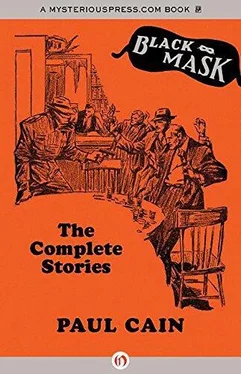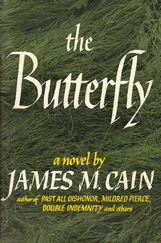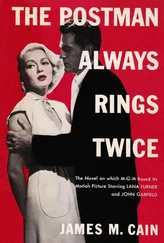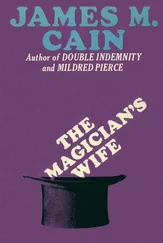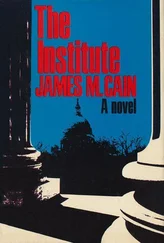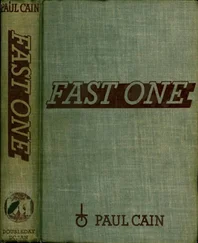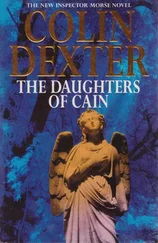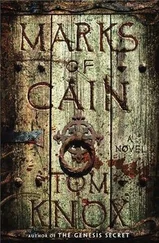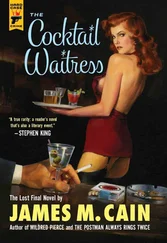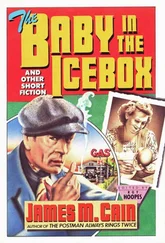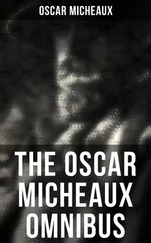That Cain immediately drew a kind of hushed and startled reaction from the then current Black Mask masters is even more amazing.
The fact that both Fast One and Seven Slayers , a selection of Cain’s Black Mask tales, have always been in print since their first publication (often in pirated editions of which there are more for Cain than any other Black Mask author), and that even now, so many years after its initial publication, Fast One remains an anomaly in tone and structure, and a disturbing mystery to many professional writers and devoted fans of detective fiction, is the best tribute to Cain’s enduring achievement.
While the classic hard-boiled mannerisms and rituals developed in Black Mask between the 1920s and 1940s have become so familiar that contemporary practitioners who wish to write in the hard-boiled tradition must struggle to avoid clichés and dated visions of nobility and morality, Cain used the forms and devices of the Black Mask school to create a work that remains forever modern (or postmodern) and — for many readers — a foreboding work that leaves the audience uncomfortable in the its unflinching look at the edge of morality, and over that edge into the abyss of oblivion.
The unromantic, startling ending to Fast One remains a problem for readers and critics who cannot accept and face the unknown in all gambles, nor accept the certainty that all bets end with death.
Those readers who have no sense of the gamble will always find something to be disturbed by in Cain’s writing. Gambling is the essential, recurring theme in Cain’s crime fiction, and the key to the central character’s motivation and appeal in the novel, Fast One .
Kells’ role as a gambler in Fast One determines how he operates as an existential anti-hero. He, and his companion Cain protagonists take their chances simply because that is how they live, how they feel alive. Near the beginning of the novel, Kells refuses a five percent piece of a gang leader’s action, just as he will refuse all offers that require his allegiance to any group, on either side of the law:
Kells had straightened up. He was examining the nail of his left index finger. “I came out here five months ago with two grand and I’ve given it a pretty good ride. I’ve got a nice little joint at the Lancaster, with a built-in bar; and a pretty fair harem, and I’ve got several thousand friends in the bank. It’s a lot more fun guessing the name of a pony than guessing what the name of the next stranger I’m supposed to have shot will be. I’m having a lot of fun. I don’t want any part of anything.”
Risk-taking is an elemental part of Kells’ identity, and part of the reason he and similar Cain protagonists are probably the first significant anti-heroes in American detective fiction, possibly in American popular entertainment. Cain’s anti-heroes are not driven by money, ideology, or even the professional self-respect of Hammett’s protagonists — and certainly not by morality. Kells and his fictive brethren are all amoral. But their amorality is so much cleaner and more appealing than all the greedy grasping of the criminal types that surround them.
Cain’s anti-heroes also appeal because this existential attitude frees them from so many societal constraints. Cain’s anti-heroes are all on the go, as if to slow down might drown them. They are breathless like Goddard’s hoodlum anti-hero, but also beyond fear like Sergeant Riggs, the lethal weapon.
We recognize Kells in so many of today’s anti-hero’s, from Samurai swordsmen and government snipers to criminal hit men, Western gamblers, space jockey alien hunters, and of course, all the deadly rogue cops of popular entertainment. Cain captured, for the first time, an amoral attitude that is now so pervasive it is almost invisible.
Although Cain uses recurrent devices, and protagonist types, he also presents more diversity in characters, and narration than most critics have observed. Cain tells tales in the first person and the third person. His trouble-shooters, stunt men, and criminal types are offset by the more refined Druse, the retired judge, of Pigeon Blood . Cain is comfortable depicting any segment of American society; his fearlessly disengaged protagonists can emerge from any class, but will always live on the edge of disaster and temptation, racing from one thrilling episode to the next with a kind of amoral grace.
Cain’s existential hero, the Fast One , possesses a unique purity of purpose that separates him from all the lesser characters of the novel or story in which he appears. After more than eighty years of experimentation in American popular entertainments, Cain’s invention remains an enduringly attractive model for today’s American action hero.
Keith Alan Deutsch
“Black” originally appeared in Black Mask, Volume 15 #3, May 1932. © 1932 by Pro-Distributors, Inc.; copyright renewed 1960 by Popular Publications, Inc. Reprinted by permission Keith Alan Deutsch proprietor and conservator of the respective copyrights, and successor-in-interest to Popular Publications, Inc.
“Parlor Trick” originally appeared in Black Mask , Volume 15 #5, July 1932. © 1932 by Pro-Distributors, Inc.; copyright renewed 1960 by Popular Publications, Inc. Reprinted by permission Keith Alan Deutsch proprietor and conservator of the respective copyrights, and successor-in-interest to Popular Publications, Inc.
“Red 71” originally appeared in Black Mask , Volume 15 #10, December 1932. © 1932 by Pro-Distributors, Inc.; copyright renewed 1960 by Popular Publications, Inc. Reprinted by permission Keith Alan Deutsch proprietor and conservator of the respective copyrights, and successor-in-interest to Popular Publications, Inc.
“One, Two, Three” originally appeared in Black Mask , Volume 16 #3, May 1933. © 1933 by Pro-Distributors, Inc.; copyright renewed 1960 by Popular Publications, Inc. Reprinted by permission Keith Alan Deutsch proprietor and conservator of the respective copyrights, and successor-in-interest to Popular Publications, Inc.
“Murder Done In Blue” originally appeared in Black Mask , Volume 16 #4, June 1933. © 1933 by Pro-Distributors, Inc.; copyright renewed 1960 by Popular Publications, Inc. Reprinted by permission Keith Alan Deutsch proprietor and conservator of the respective copyrights, and successor-in-interest to Popular Publications, Inc.
“Pigeon Blood” originally appeared in Black Mask , Volume 16 #9, November 1933. © 1933 by Pro-Distributors, Inc.; copyright renewed 1960 by Popular Publications, Inc. Reprinted by permission Keith Alan Deutsch proprietor and conservator of the respective copyrights, and successor-in-interest to Popular Publications, Inc.
“Hunch” originally appeared in Black Mask , Volume 17 #1, March 1934. © 1934 by Pro-Distributors, Inc.; copyright renewed 1951 by Popular Publications, Inc. Reprinted by permission Keith Alan Deutsch proprietor and conservator of the respective copyrights, and successor-in-interest to Popular Publications, Inc.
“Trouble-Chaser” originally appeared in Black Mask , Volume 17 #2, April 1934. © 1934 by Pro-Distributors, Inc.; copyright renewed 1951 by Popular Publications, Inc. Reprinted by permission Keith Alan Deutsch proprietor and conservator of the respective copyrights, and successor-in-interest to Popular Publications, Inc.
“Chinaman’s Chance” originally appeared in Black Mask , Volume 18 #7, September, 1935. © 1935 by Pro-Distributors, Inc.; copyright renewed 1952 by Popular Publications, Inc. Reprinted by permission Keith Alan Deutsch proprietor and conservator of the respective copyrights, and successor-in-interest to Popular Publications, Inc.
Читать дальше
